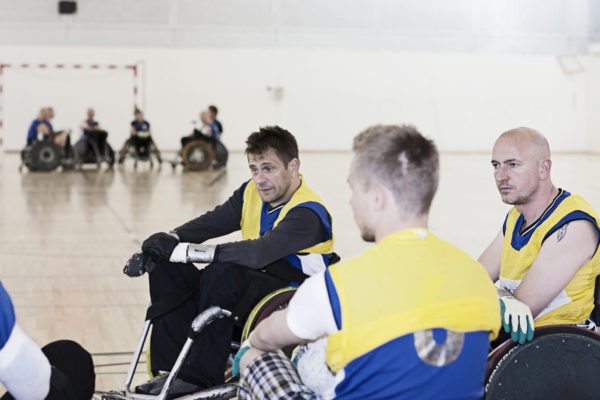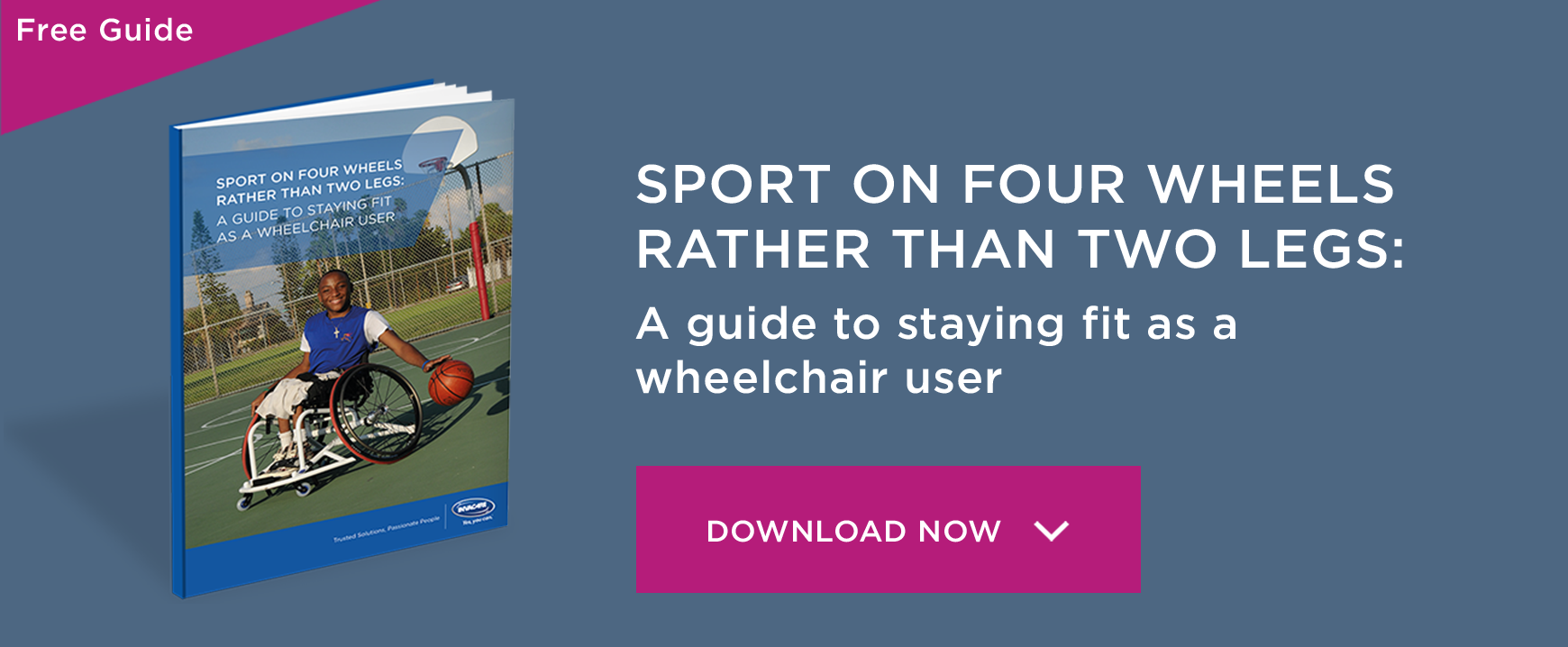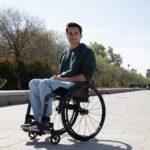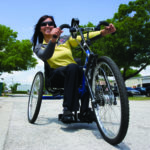The Top 5 Chair Cardio Exercises
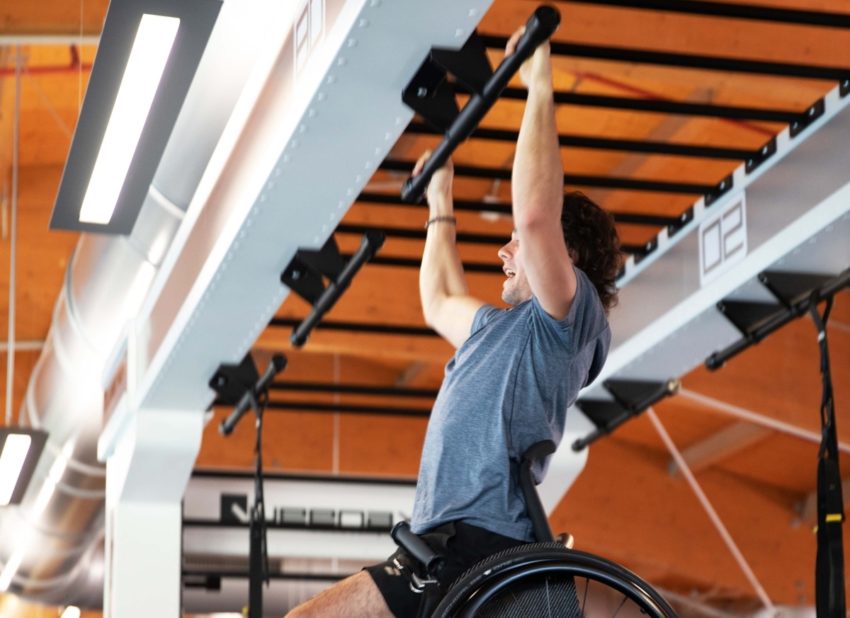
Exercising is important for everyone. Cardiovascular (cardio) exercise is any activity that raises your heart rate and gets you sweating, and it’s a key part of a healthy lifestyle. But if you are a wheelchair user, the traditional cardio exercises designed for able-bodied people may be inappropriate. Chair cardio is one way that wheelchair users can access the fitness benefits of cardio. Ready to get started?
Is chair cardio effective?
For those of us who use wheelchairs, following a regular exercise routine isn’t always easy. Many exercises rely on lower body strength, opportunities for disabled sport can be harder to find, and the recommended daily repetitions may not be possible on lower energy or higher pain days. Chair cardio is an effective, low-impact way to burn calories and improve your strength and fitness. The benefits of adding chair cardio exercises to your routine include:
- Helping you manage your weight
- Reduce your risk of heart disease
- Improve your mood
- Increasing your endurance
- Helping with muscle or joint pains
- Building strength, helping to avoid everyday muscle strain from using a wheelchair
- Building on your existing range of motion
- Improving your balance
What cardio exercises can I do sitting down?
Whatever your physical ability, there are activities you can do to help you improve your fitness and wellbeing. We’ve compiled a list of five chair cardio exercises that you can do in your wheelchair.
Some exercises may not be appropriate, depending on your impairment and range of motion, so be careful to stick to what you know will be safe and comfortable for you. Before starting a new exercise programme, it is a good idea to get medical advice. They can help you tailor it to your fitness level and needs.
Before you start, remember to stretch. This helps to warm up your muscles and avoid injury. These exercises can be done alone, or back-to-back. If you’ve not exercised for a while, start small with 10-minute sessions. You can build to 20 minutes as you improve. Cardio should raise your heart rate, and you should be slightly out of breath but still able to speak. Once you’re ready to build on your strength and fitness, these chair cardio exercises are a great place to start.
Medicine ball bouncing
Using either a medicine ball or lighter basketball, depending on your strength, line your wheelchair up in front of a wall and bounce the ball between yourself and the wall. Do up to twenty repetitions to start with. For more of a challenge, see how many times you can bounce the ball on the wall in two minutes to really feel your arms burn from the workout!
Aeroplane arms
Sit upright in your wheelchair with your back straight and extend both arms out to the sides of your body, at shoulder height. Using slow, large motions and keeping your arms, hands and back straight, make big circles with your arms. Start by going anti-clockwise for twenty repetitions, then try it clockwise.
Hand cycle
You might need to go to a local gym for this one, or you could try the real thing by buying an Invacare handbike! Ask an assistant to remove the seat from the hand bike if you are unable to transfer and align your wheelchair in front of the handbike. Then, pedal with your hands in circles as fast as you can for 5 minutes. If you are interested in hand cycling, you might enjoy this article by Raya Al-Jadir where she talks about the positive impact a wheelchair bike had on her life.
Shoulder press – with optional weights
Fold your arms at the elbow to bring your wrists up to your shoulders. With one arm, punch upwards diagonally across your body. Slightly rotate your torso in the same direction as you do this, but don’t twist too far. Lower your arm to the starting position and repeat with your other arm. Repeat a few times on each arm. Over time, you can increase the number of repetitions. If you are starting from a higher strength or fitness level, then you can add light hand weights to increase the difficulty of this exercise. Start with a 1kg weight, holding one in each hand as you press up with each arm.
Don’t forget to stretch!
Stretching is very important after exercise, as well as beforehand to warmup. Gently move, rotate and shake your arms, wrists and fingers within your range of motion. If exercise is hurting at any point – stop, rest and continue when ready.
Find out more about accessible exercise
We hope these tips will help you to add some enjoyable and rewarding exercise to your routine. If you would like to find out more about accessible sport, have a look at our articles on wheelchair basketball, sit ski, adaptive swimming and accessible football. You can also read our free e-book guide to staying fit as a wheelchair user, for advice including how to find accessible gym equipment, and our best tips about wheelchair-based yoga.


